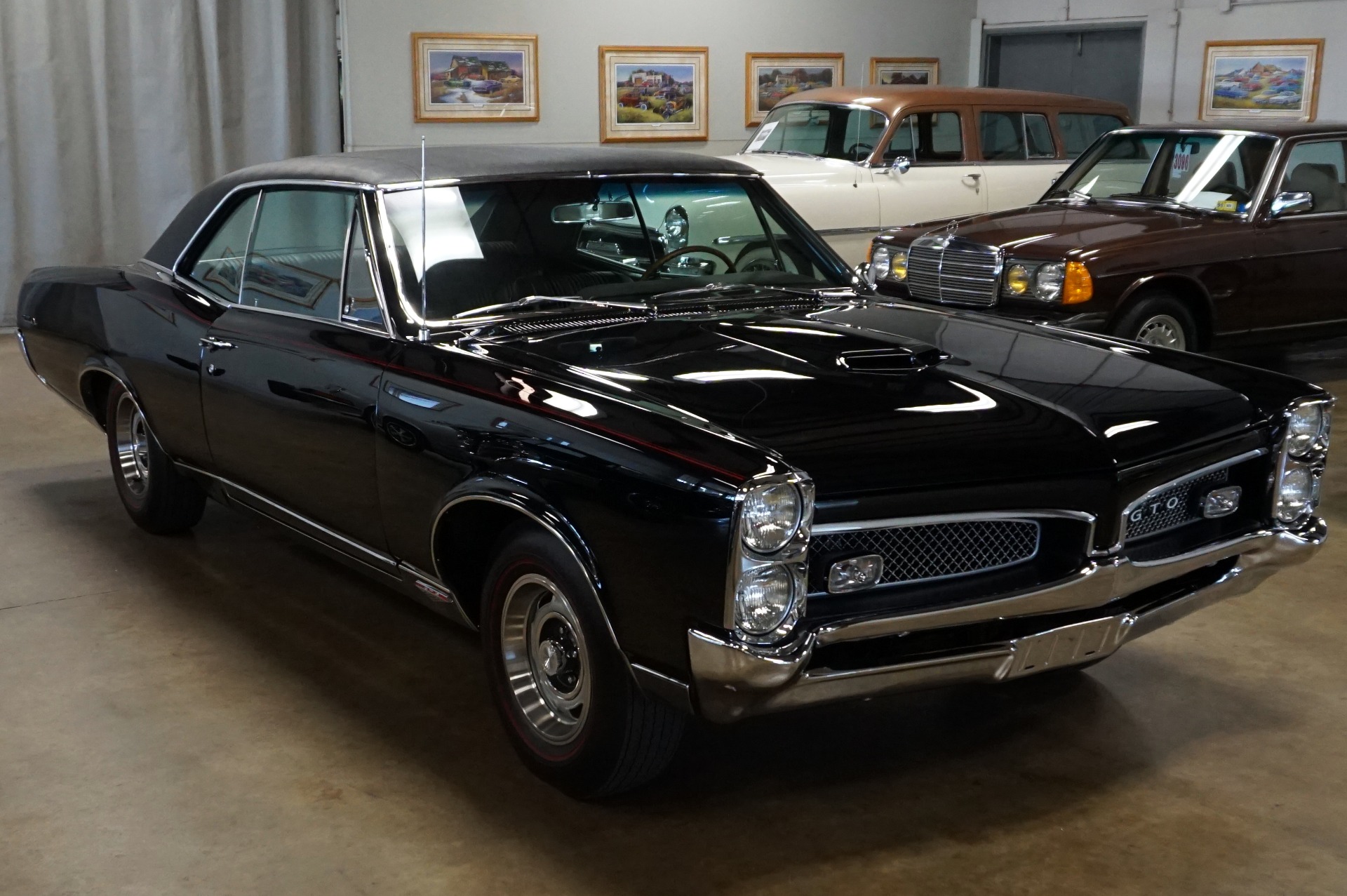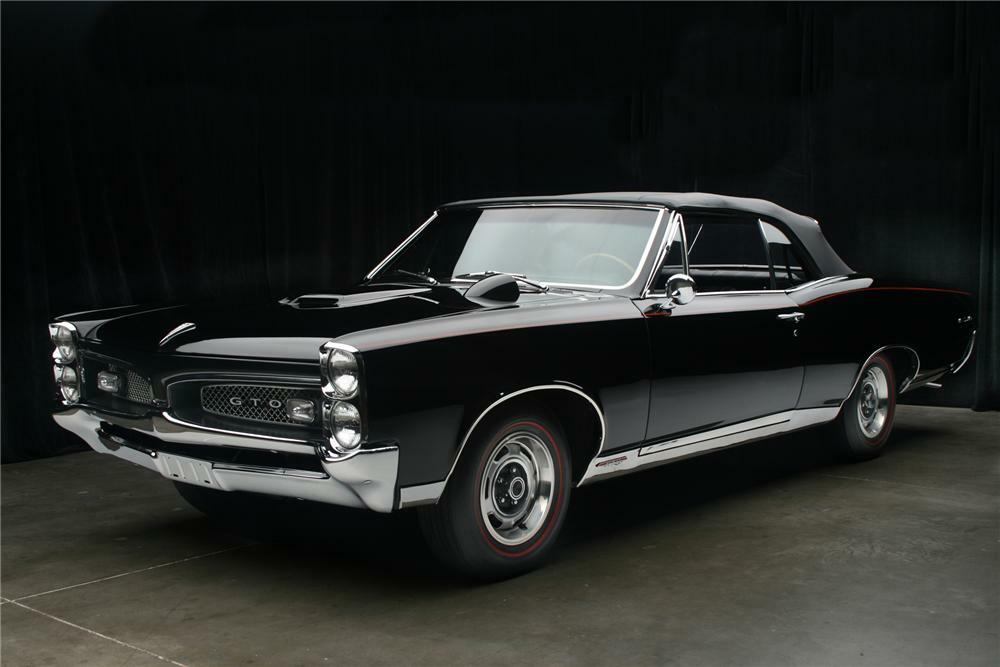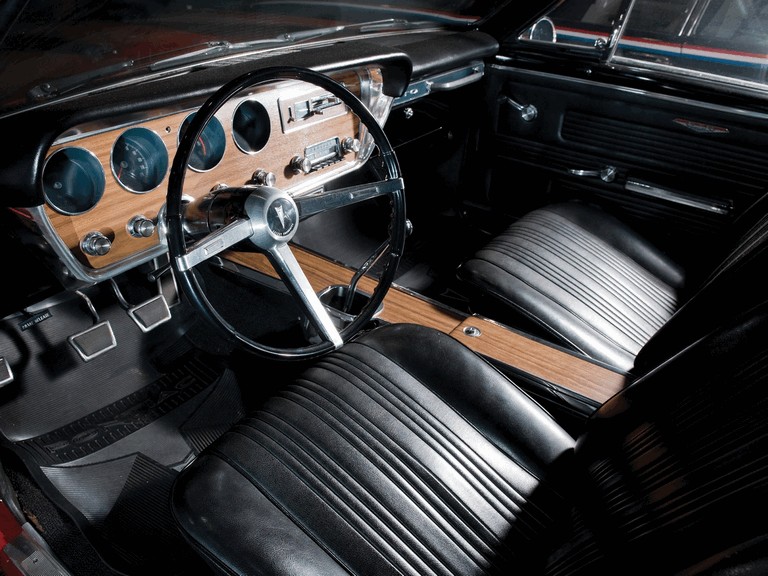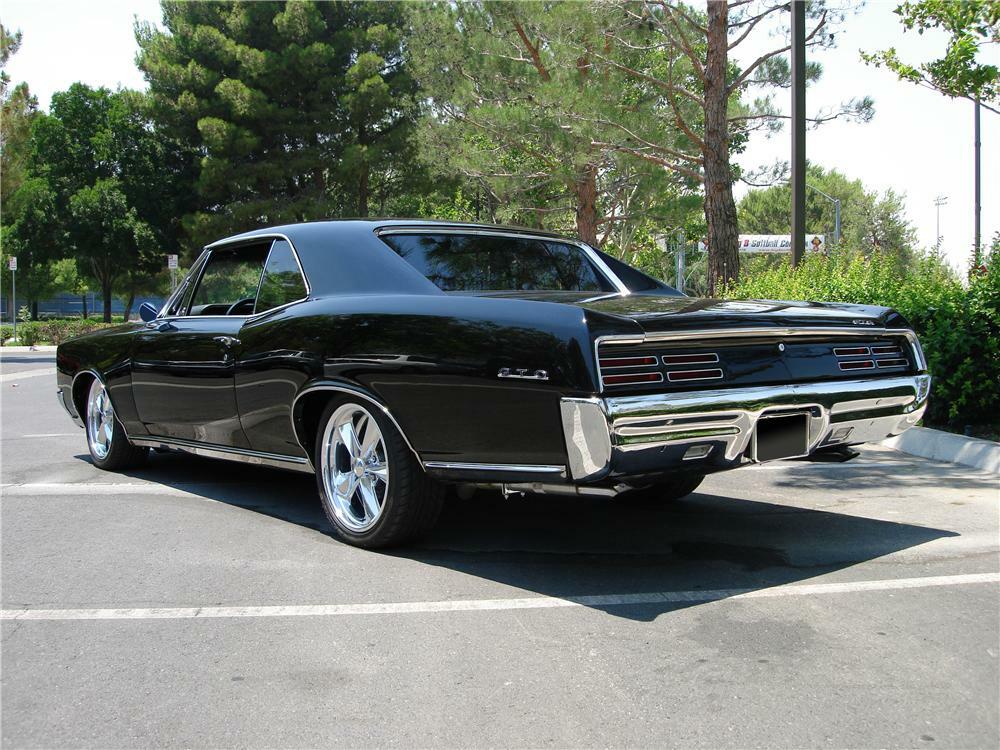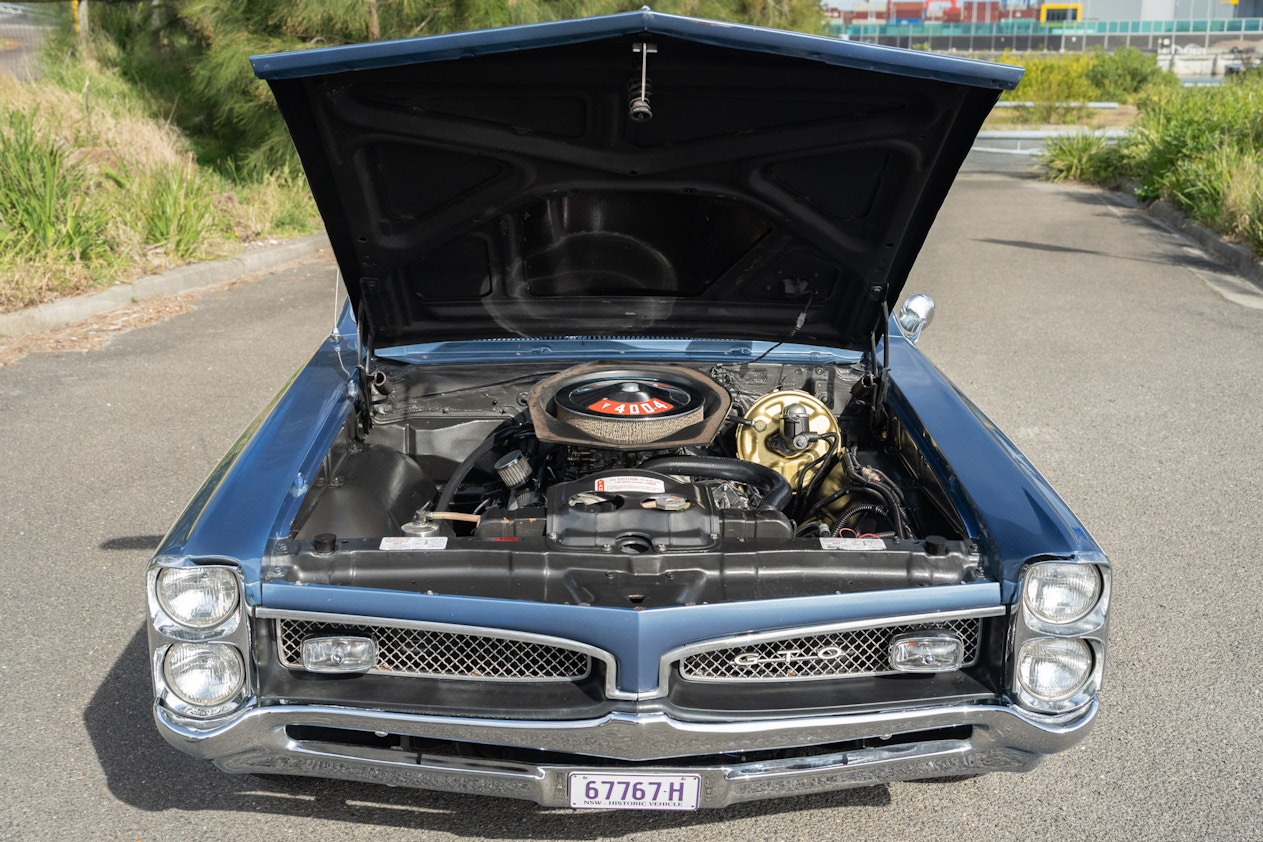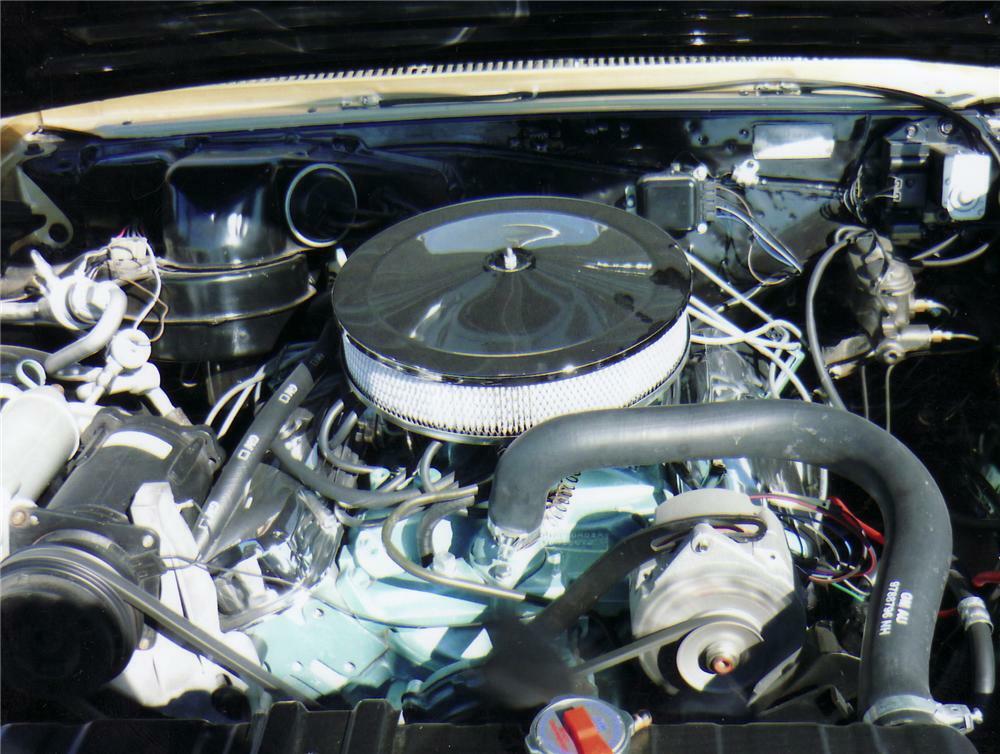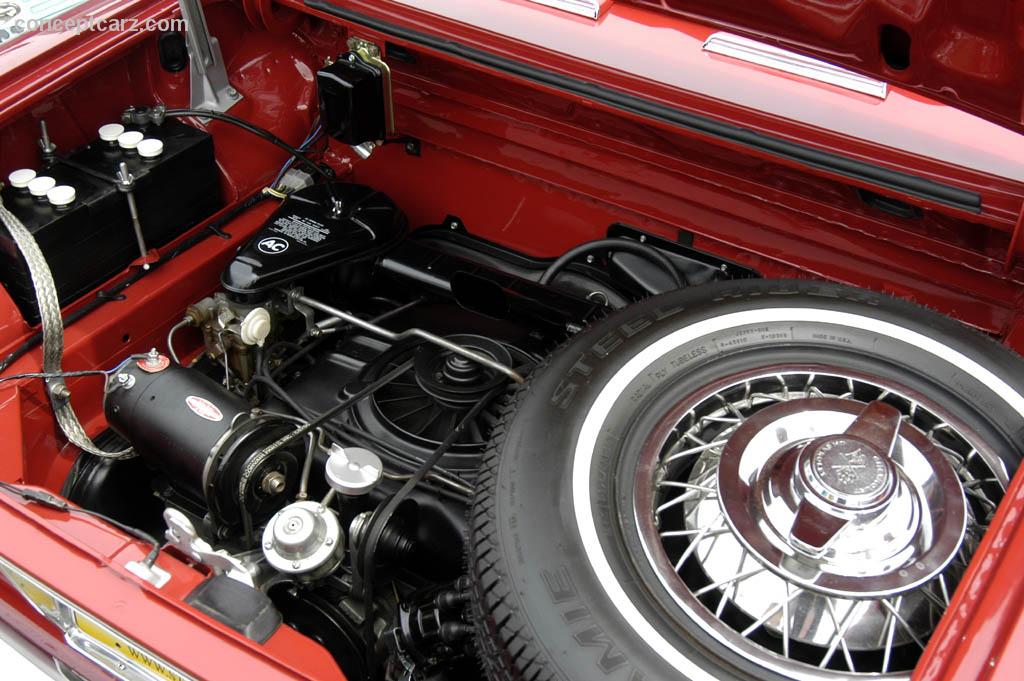1958 was the year when the Impala nameplate finally came to be, though at first, it was only offered as the top-of-the-line version of the Bel Air.


And what we have here is nothing else than a 1959 Impala, though as you can easily tell by simply browsing the photo gallery in the article, the car has been having a really hard time lately.









